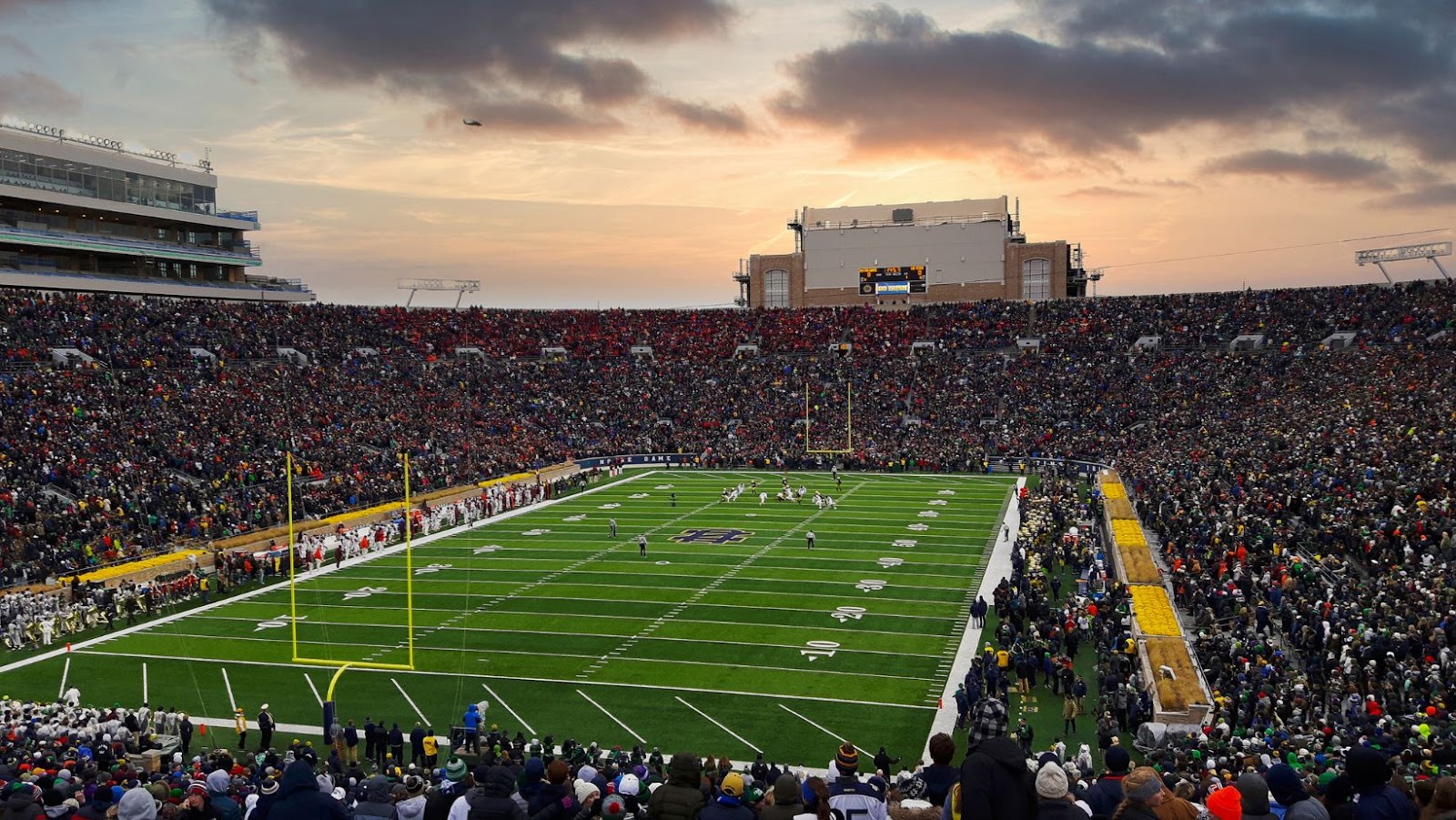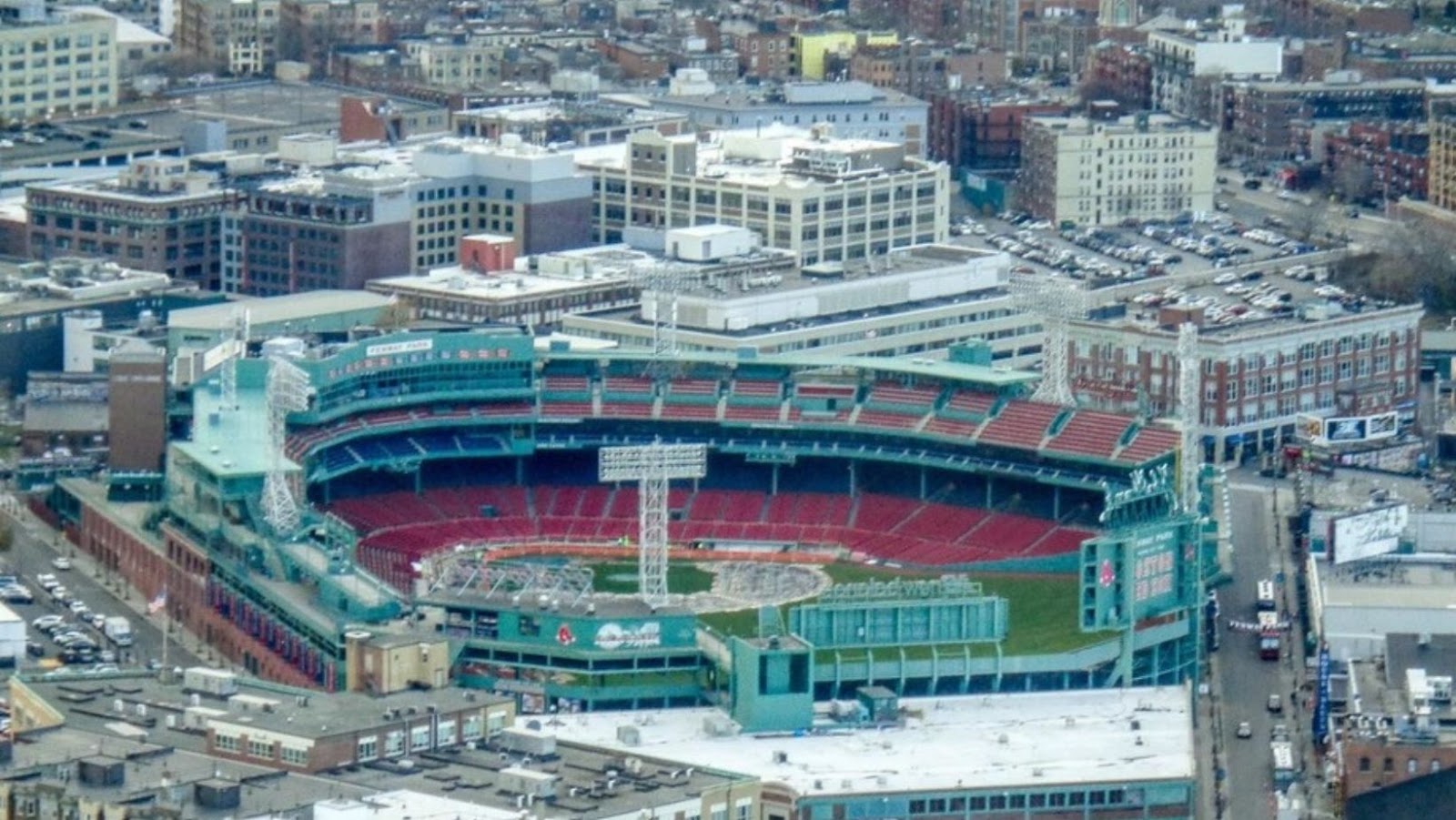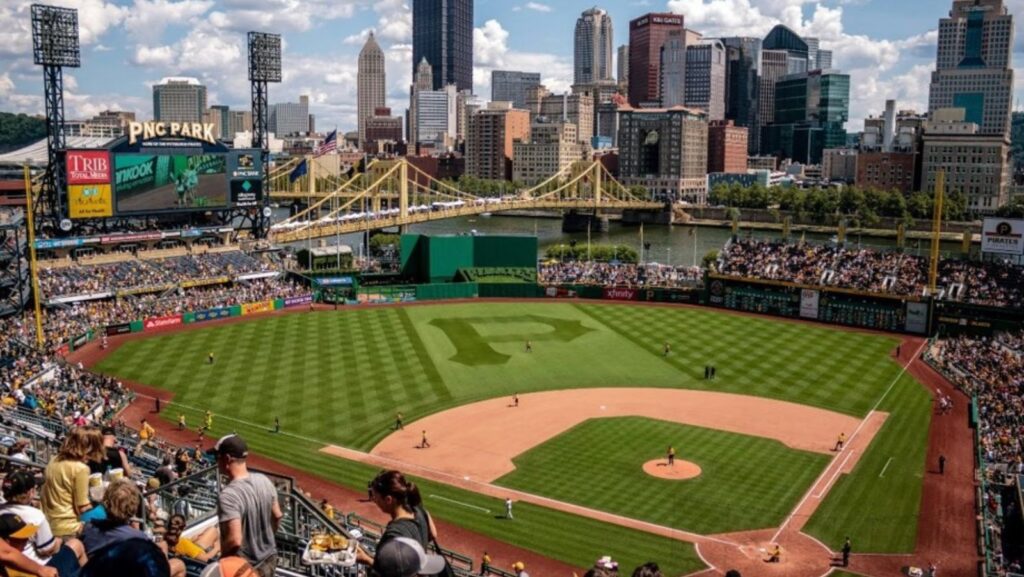Football may now be the most popular sport in the US, with the NBA gaining fans across the world, but it is baseball that is considered the great American pastime. The long history of the game has embedded itself in the culture of the nation itself and much of that comes from the iconic stadiums – or ballparks – that have graced the sport over the years.
These days there is a wide range of ballparks used in the major league, from vintage style classics to the modern retractable roofed multipurpose venues. Fans have come to love the stadiums as much as some of the players and teams and they all hold a special place in the heart of anyone who has had the good fortune to watch a game.
Baseball itself continues to evolve with new rules designed to improve the game and fans able to put their money where their mouths thanks to the explosion of sports betting in the US. The ballparks may change over the years but they are a constant in American culture. But how have they changed over the years?
Table of Contents
ToggleOpen Fields
As with any new sport, baseball was originally just played in open fields with makeshift facilities – if there were, in fact, any facilities at all. The earliest games in the middle of the 19thcentury were played on town greens and virtually any available flat ground that the players could utilize.
At this time, before the first big surge of interest from fans, baseball was a more rudimentary affair. But the game soon took off and it was clear that basic fields would not be enough to support the sport that was fast becoming an essential part of American culture.
Elysian Fields
Although baseball was fast growing into a popular sport, it is the opening of Elysian Fields on June 19, 1846 that is generally seen as the beginning of the first great era. Located in Hoboken, New Jersey, Elysian Fields hosted the first organized baseball game between the New York Nine and the Knickerbockers.

Although there was nothing as fancy as grandstands, Elysian Fields did boast a fenced-in playing field and some more basic areas for fans. It was the first time that some real thought had been put into a ballpark, as such, and can be traced back as the blueprint of the modern stadiums we know and love today.
Jewel Box Fields
The next era of ballpark evolution came around the beginning of the 20th century. Known as jewel box fields, these stadiums are more like what we now think of as classics. As the sport’s popularity grew larger, jewel box fields not only incorporated the use of steel and concrete in their building but also introduced two-tier grandstands.
In fact, everything we now associate with “vintage-style” ballpark design emerged in the early years of the 20thcentury. Many of these jewel box fields were constrained in design by the city blocks of their locations. This led to a lot of bespoke ballparks with high home run walls. They were also often used for other sports other than baseball.
Classic Designs
From the wooden ballparks of the early 20thcentury, the jewel box fields – and their classic design – brought us many of the iconic structures that have gone down in baseball lore, Some of these structures are still being used today and regarded as the best in the business.
Ebbets Field in Brooklyn and the original Yankee Stadium in New York are fondly remembered through history books and archive footage. But this era also brought us Wrigley Field and other icons of baseball that are still being used today.
Multi-Purpose Stadiums
Around the time of the end of WW2 in 1945, many of the classic designs and wooden ballparks were starting to show their age and there was a new move to multi-purpose stadiums. These would be able to be used for activities other than baseball but did not always come with incredibly revolutionary designs.

A “cookie-cutter” process of design was used in many cases, with ballparks indistinguishable from each other. Fan amenities and facilities – and even views of the games – may have been improved but these new ballparks lacked the character and charm of some of the older structures. The introduction of retractable roofs later in the century also took away some of the last features of the original jewel box fields.
Modern Versions of the Past
Although the sport of baseball has embraced many of the technological advances of the last 30 years or so, there has been something of a nod to the past with many of the “new” ballparks built in that time. It could be considered a renaissance period for classic design, taking inspiration from the styles of the mid-20th century.
One of the first examples of this “new-old” way of thinking was Baltimore’s Oriole Park at Camden Yards. Opened in 1992, the ballpark looks more like something from the 1950s and was warmly received by the fans. There have been further new developments following the same kind of design in more recent years, proving that there is a real desire for classic ballparks.
This modern renaissance is just the latest phase in the evolution of baseball and ballpark design. But with the sport easily lending itself to nostalgia and history, it seems as though that look will thankfully be in fashion for a while yet.
